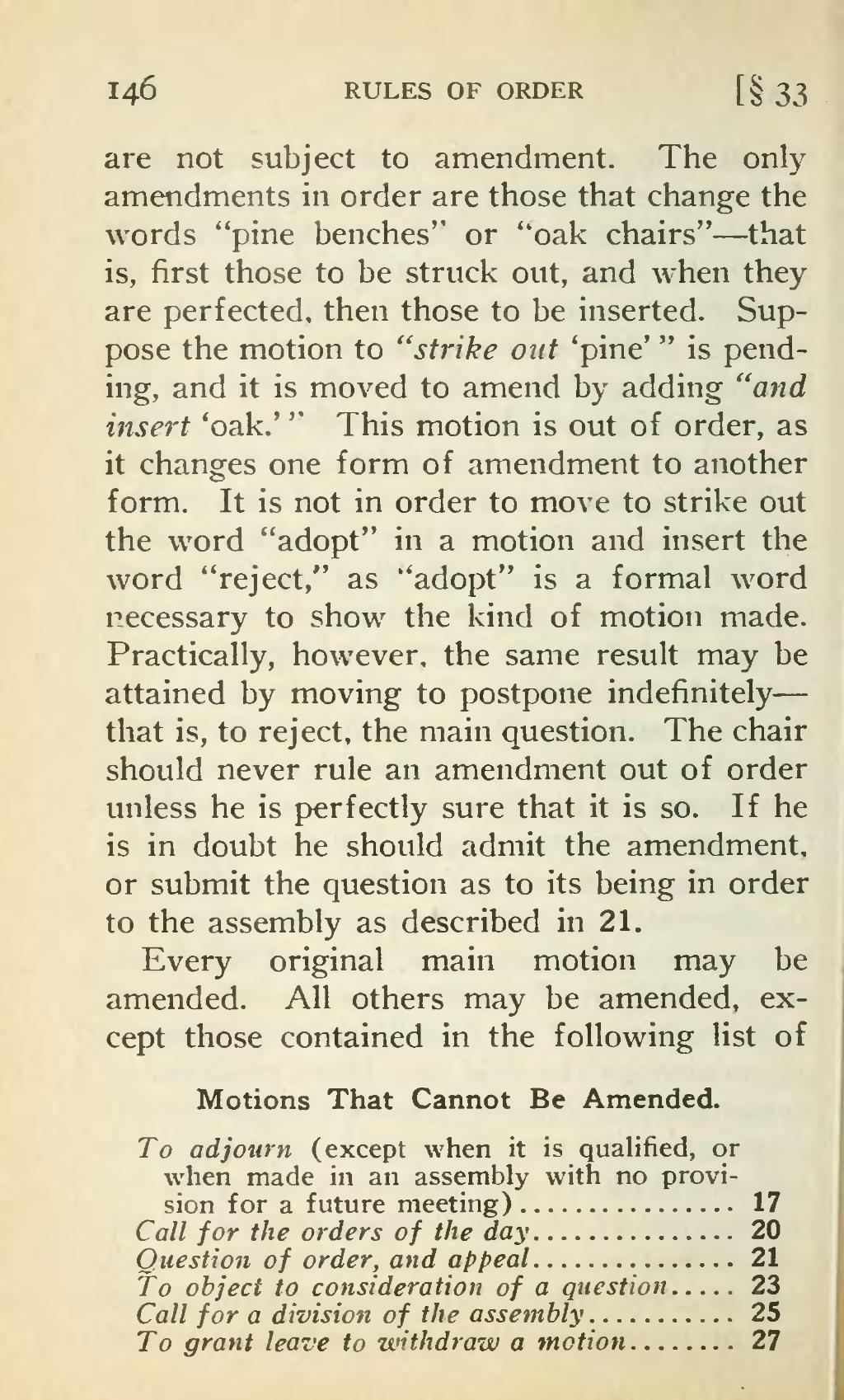 The Association Between Ill-health and Chemical Additives in Foods and Bodycare Products
The Association Between Ill-health and Chemical Additives in Foods and Bodycare Products
There is increasing concern about the link between chemical additives found in foods and body-care products, not only in the West but also in non-Western countries. Chemical additives often allow manufacturers to produce cheaper products, some of which, would be unsuitable for sale in the West but which are increasingly finding their way to Africa, South America and the Caribbean.
In his book ‘The Chemical Maze’, Bill Statham said “What I discovered during my research amazed and often shocked me. I discovered that a significant number of chemicals added to foods and cosmetics could cause or exacerbate health problems such as asthma, dermatitis, hives, migraines, hay fever, gastric upsets, behaviour problems, hyperactivity, learning difficulties and many others”.
In effect, food which is consumed for nutrition can instead cause toxicity in the bodies organs and systems, damage DNA, cause birth defects and cancer. Although some of these chemical additives are only used in small quantities, no one knows what effect long-term accumulation will have on the body and health. These factors should be especially worrying for busy parents who rely on convenience foods to feed children, those on low income and the increased use of GM and chemical additives to ease so called ‘food security’.
The Chemical Maze uses a ‘traffic light’ system of colour coding, red for ‘stop’, yellow for ‘wait/caution’ and green for ‘proceed safely’. In most cases the origin of each additive is given, including whether it may be of animal origin or a product of genetic modification (GM).
To obtain further information:
The Chemical Maze – Your Guide to Food Additives and Cosmetic Ingredients
by Bill Statham.
Summersdale Publishers, 2006
ISBN 184024 4828
 Food Additives
Food Additives:
Ammonium Hydroxide – E527
Acidity regulator & Neutraliser – regarded as safe in food use, found in cocoa products and chocolate. Other uses hair dye, stain remover, animal feed and detergent.
‘This is known to be irritating to eyes and mucous membranes, cause hair breakages and is toxic by ingestion’.
Propyl Gallate
An anti-oxidant – used to prevent fats and oils from spoiling.
Found in vegetable oils, meat products, potato chips and chewing gum.
Other uses include cosmetics, hair products, adhesive and lubricants. ‘May cause cancer’.
Potassium Bromate
Used in breads to increase volume and produce a fine crumb structure.
Most bromate breaks down into bromide, which is supposed to be harmless, however remaining bromate has been shown to cause cancer in animals. Bromate is banned throughout the world except the USA (banned in California) and Japan.
Aspartame
Artificial sweetener found in Equai and NutraSweet, along with diet soda’s and other low-cal diet foods. Caused brain tumours in rats from as long ago as the 1970’s. Recently found to increase the incidence of lymphomas and leukaemia and brain tumours in rats. Consumers have suffered from headaches, dizziness and lullucinations after ingestion.
Cosmetic Ingredients:
Sodium Hydroxide
Emulsifier and Alkali – added to shampoo, soap, hair straightener and liquid face powder. Other uses pesticides. ‘Associated with dermatitis of the scalp, ingestion can cause vomiting, hypertension, diarrhoea and collapse. It may also be hazardous to the environment’.
]]>
 The Association Between Ill-health and Chemical Additives in Foods and Bodycare Products
The Association Between Ill-health and Chemical Additives in Foods and Bodycare Products Food Additives:
Food Additives:








